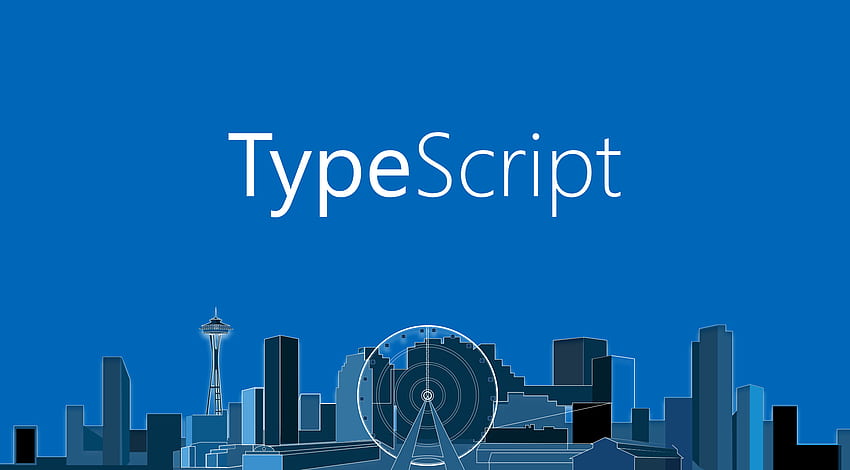Understanding TypeScript: Why and When to Use It
This blog dives into the benefits and applications of TypeScript, providing clear understanding of its role in enhancing your JavaScript development.
In today's programming landscape, TypeScript has emerged as a powerful tool that can significantly enhance your JavaScript development experience. This statically typed superset of JavaScript brings a new level of robustness, making it easier to write reliable, maintainable code for larger-scale applications. This article will explore the benefits of TypeScript and provide insights into when it might be beneficial to use it.
What is TypeScript?
Developed and maintained by Microsoft, TypeScript is a programming language that builds on JavaScript by adding static type definitions. TypeScript was created to make it easier to build large-scale applications with JavaScript, making the codebase more maintainable, readable, and robust.
Unlike JavaScript, which is dynamically typed, TypeScript introduces static typing. This means that you declare the type of a variable when you declare it, and the TypeScript compiler will check these types for you, catching potential errors before runtime. This is a significant advantage, especially when dealing with larger codebases.

Why Use TypeScript?
Static Typing: This is one of the primary reasons developers move to TypeScript. With static typing, you catch errors early, during compile-time, instead of discovering them at runtime. This feature can save developers a significant amount of time debugging.
Improved IDE Support: Integrated development environments (IDEs) like VS Code offer excellent TypeScript support. This means enhanced autocompletion, type inference, and tools to navigate through your code, which can greatly improve your development experience.
Better Documentation: With TypeScript, when you hover over functions or variables in your IDE, you get information about their types. This can make it much easier to understand your code, especially in a team setting where multiple developers are working together.
Object-Oriented Programming (OOP) Support: TypeScript supports object-oriented programming features like interfaces, classes, and inheritance. This allows developers to use object-oriented design principles and design patterns, bringing about more structured and manageable code.
Scalability: TypeScript is designed to build large-scale applications. The static typing feature helps manage and navigate large codebases, making it easier for large teams to work on complex projects.
When Should You Use TypeScript?
While TypeScript has many benefits, it may not be necessary for all projects. Here are some scenarios where TypeScript might be particularly useful:
Large-Scale Applications: TypeScript shines in large projects with complex codebases. The added layer of type safety, OOP features, and better documentation aids in code maintainability and navigability.
When Working in a Team: TypeScript's self-documenting nature makes it easier for team members to understand each other's code. This can save significant time in code reviews and debugging sessions.
When Building Libraries: If you are creating a library for other developers, TypeScript can make your library easier to use and understand.
For Learning Purposes: If you are new to statically-typed languages, TypeScript can be a great introduction. It offers a smoother transition due to its close similarity to JavaScript.
Conclusion
While TypeScript might have a steeper learning curve than JavaScript, its benefits of static typing, enhanced IDE support, better documentation, and robustness for larger applications make it a worthwhile investment. It's a powerful tool in the developer's toolbox and a valuable skill in the current job market.
Remember, TypeScript is not a replacement for JavaScript but a tool that enhances your JavaScript development experience. Therefore, knowing when to use it can go a long way in creating effective and efficient software solutions.
Hopefully, this blog post has given you a better understanding of why and when to use TypeScript. If you have any further questions, feel free to leave them in the comments section. Happy coding!